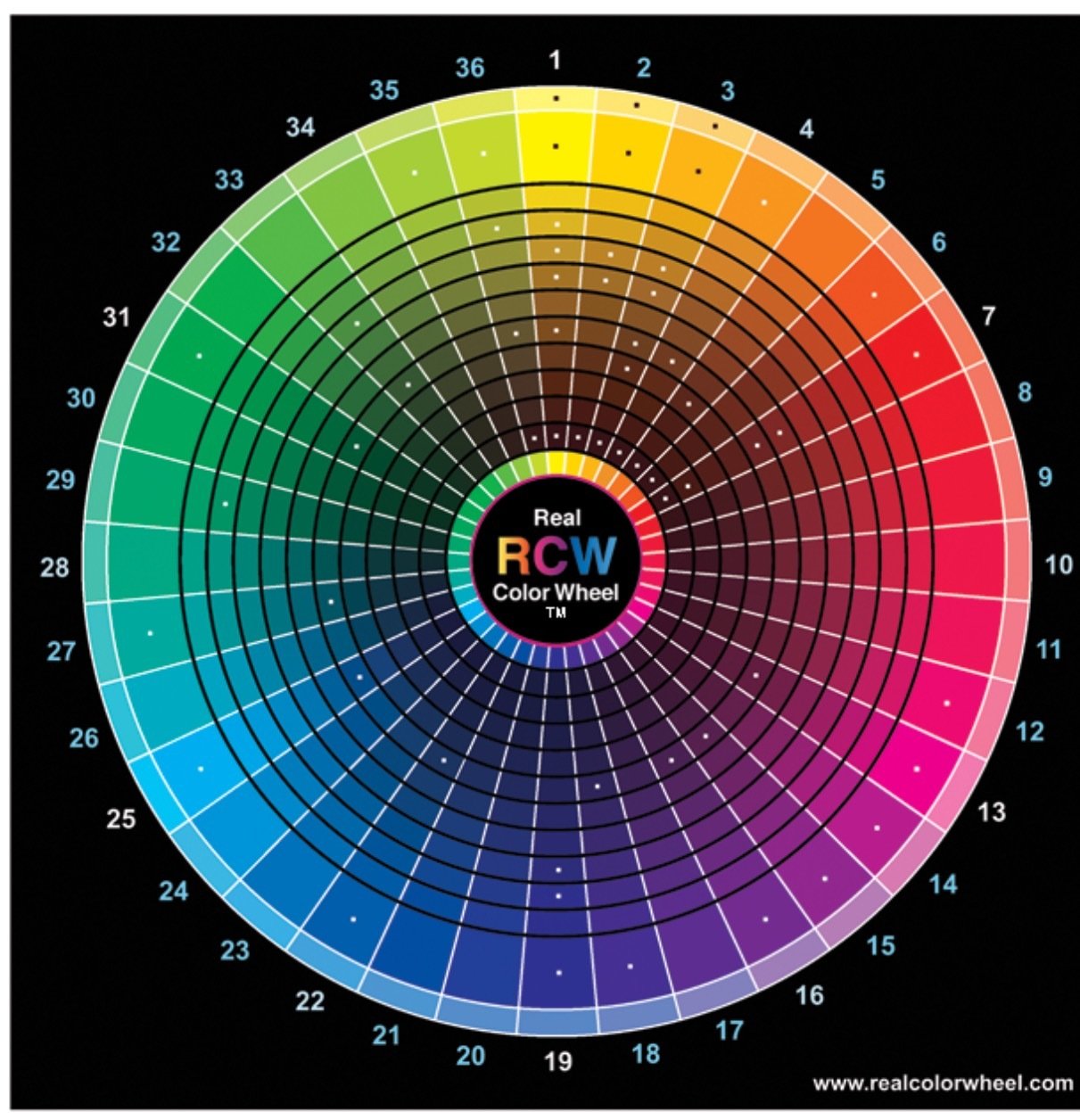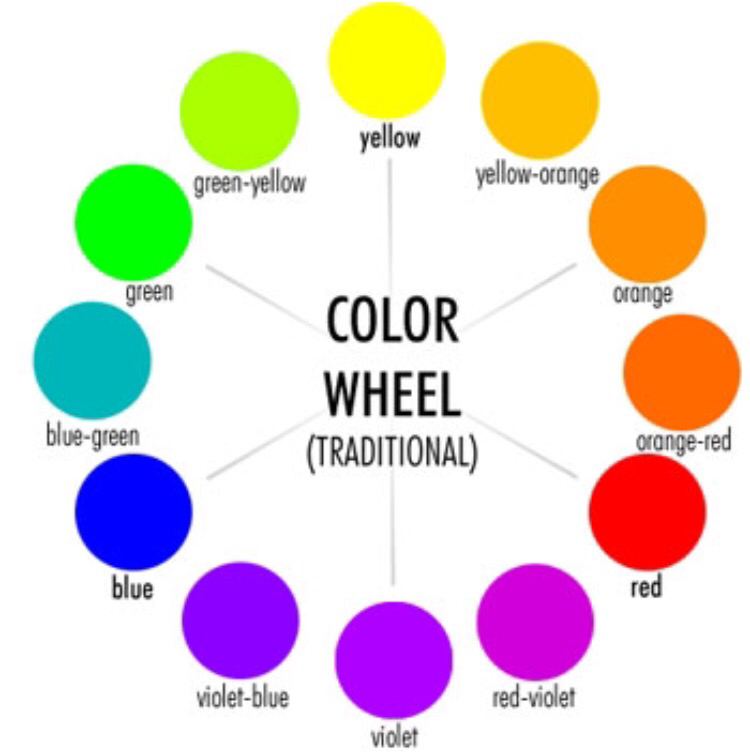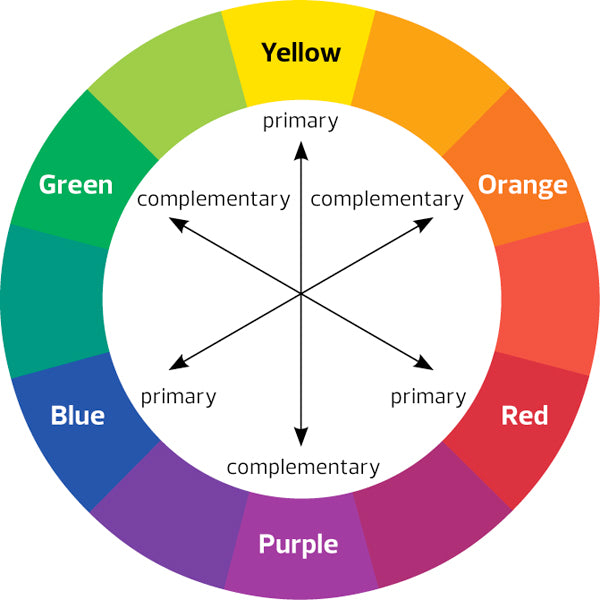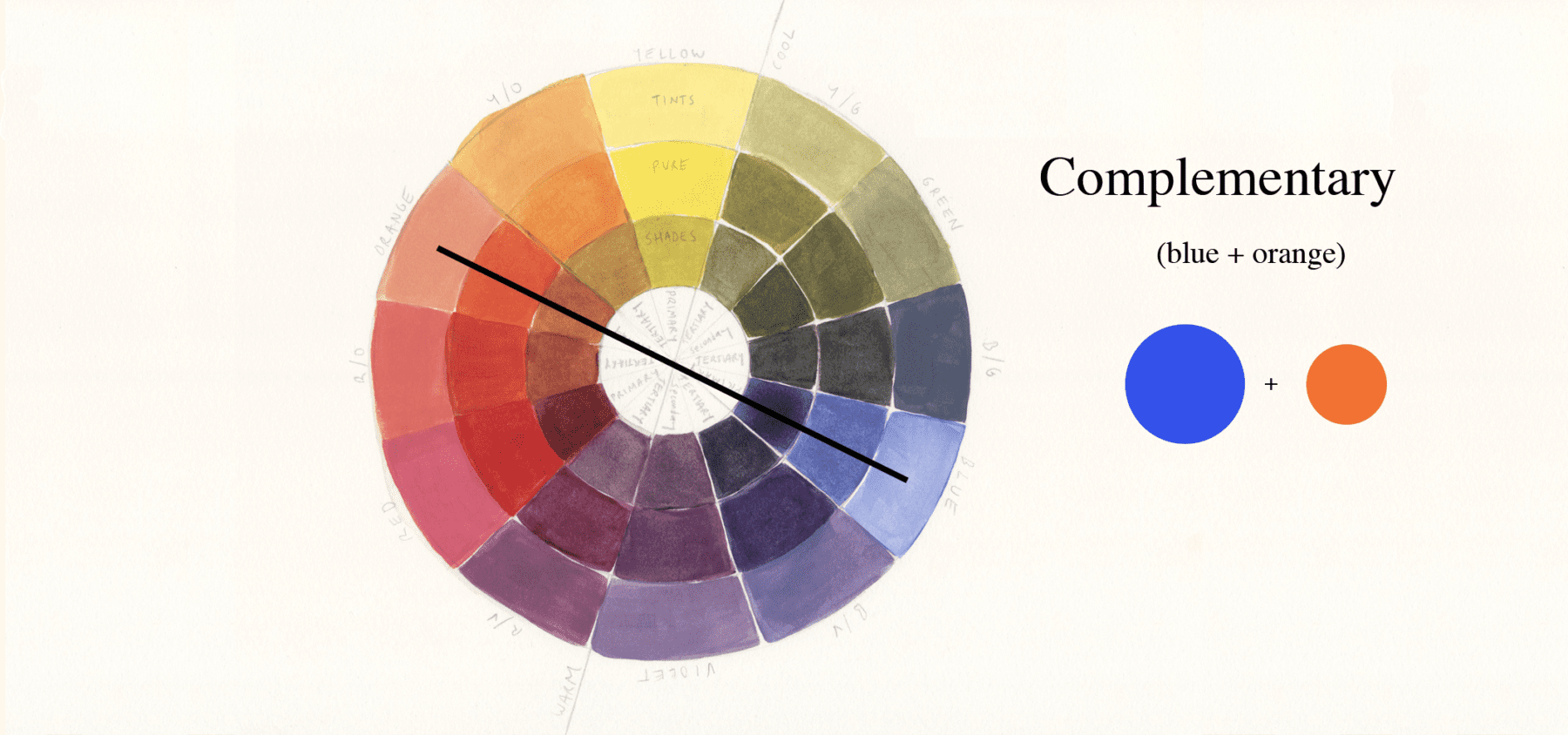
What Is the Opposite of Blue? Color) Color Meanings
Orange is the complementary color to blue in the RYB color wheel. When it comes to traditional art, we discuss the RYB space - the oldest subtractive color model. Blue, along with red and yellow, is a primary color. Its complementary color, or the color opposite blue on the color wheel, is orange. Blue Hex #0000FF RGB 0, 0, 255 CMYK 100, 100.

Color wheel primary kidssno
The opposite of blue on the color wheel. The opposite of blue on the color wheel is orange. If you use a common blue color, like #76BED0, an excellent opposite orange color would be #ED8F5A. Unlike what most people think, the opposite of blue isn't yellow in RYB. The color yellow has a different complementary color, but more on that below.

Colour Combinations Why opposite Colours are Complementary Anne
In the traditional RYB color model, the complementary color pairs are red-green, yellow-purple, and blue-orange . RYB color model is mainly used by artists working with traditional art, painting, and interior design. When using complementary colors, it is important to use them in moderation. Too much contrast can be overwhelming and jarring.

Add to much blue looking bruised need help FAST! Reborn Tips and
John Spacey, February 12, 2021. The opposite of blue, also known as the complement of blue, is the color that has maximum contrast with blue. Generally speaking, the complement of blue is yellow. However, there is much variation depending on the exact color of blue. This is an important consideration in art, design, fashion and engineering.

GlamMomAngel Blog
Different color wheels differ in the spacing of the colors around the wheel. The opponent-color theory, Munsell's color system, the standard printer's primaries, the artist's primaries, and Newton's rainbow all present different variations of the color wheel. I show that some of this variation is owing to imprecise use of language, based on.

For the Love of Color A New Color Wheel! Make It from Your Heart
Traditionally, colors like orange, red, brown and yellow are viewed as warm, while colors like blue, gray and green are viewed as cool. So a complementary match of warm and cool might pair red, which grabs the viewer's attention, with green, which recedes into the background. 3. Contrast of Light and Dark.

Color Theory Complementary Colors and How to Use Them Make It from
Opposite colors refer to the hues that are directly across from each other on the color wheel, which create a high contrast and visual impact. Blue's opposite color is orange. The opposite color of blue is determined by using complementary colors, which are colors that are opposite to each other on the color wheel.
:max_bytes(150000):strip_icc()/Lista_complementarios-56a6e6cb3df78cf77290d98b.png)
Color Wheel Secondary Color Complementary Colors Graphic Design Png
Opposite colors are determined by the color wheel, which organizes colors based on their relationships to one another. For blue, its opposite color is orange. The color wheel is divided into primary, secondary, and tertiary colors. Blue is a primary color, while orange is a secondary color made by mixing red and yellow.

OBSERVATION, etcetera 2014
Using complementary colors creates contrast in an image that is pleasing to the eye. The stardard, aka artist's, color wheel is based on subtractive color mixing, as opposed to additive color mixing that we get from screens. With the standard color theory model, red, yellow and blue are the primary colors (RYB). These are still often the.

Complementary Colors & How to Decorate With Them Apartment Therapy
The color wheel is a chart representing the relationships between colors. Based on a circle showing the colors of the spectrum originally fashioned by Sir Isaac Newton in 1666, the colour wheel he created serves many purposes today. Painters use it to identify colors to mix and designers use it to choose colors that go well together.

Create EyeCatching Contrast Using Complementary Colors Kristin Stec
The color wheel is firstly defined by primary colors, red, yellow and blue which sit opposite to each other on the wheel. All other colors can be obtained from mixing these three colors.. Complementary colors use colors from opposite sides of the color wheel to create a sharp contrast. If you pick a color and then travel 180° around the.

What's The Opposite Of Pink On The Color Wheel / It's self explanatory
Blue's opposites manifest in different color models besides the traditional color wheel. How to Find the Correct Opposite of Blue. The RGB, CMYK, and RYB color models are the most suitable options for finding the correct opposite of blue. Using the RGB Color Model. Yellow is the opposite of blue in the RGB color model.

Color coordination vs. color clashes A brief explanation r
Then there is the RGB, or red, green and blue color wheel, which is designed for online use, as it refers to mixing light - like on a computer or TV screen. Canva's color wheel is an RGB color wheel, as it is designed for online use. Color combinations Complementary. Two colors that are on opposite sides of the color wheel.

The Essence of Design, Part 2 Color Theory and Its Role in Design
The opposite of blue on the CMY color wheel is yellow, one of the model primaries (100 yellow). However, if you wish to know the opposite of its primary, cyan (100 cyan), it is red (100 magenta, 100 yellow). Likewise, besides cyan, towards blue, you can find ocean blue (100 cyan, 50 magenta).

THE SECRET WORLD OF BLUE; HOW TO BE AN EXPERT AT THE COLOUR WHEEL
Complementary colors are any two colors that are directly opposite each other on the color wheel. These color pairs share no common hues and have the highest contrast of any two colors. For example, red and green are opposite each other, blue and orange are opposite, and yellow and purple are opposite.

What's the complementary color of blue? I missed class can you please
The opposite of blue on the color wheel is orange: The color wheel is a tool used in the visual arts to understand color properties. It consists of pigments, dyes, tones, tints, shades, color intensity, and color temperature. Complementary colors are opposite hues on the color wheel that can create color harmony and balance.